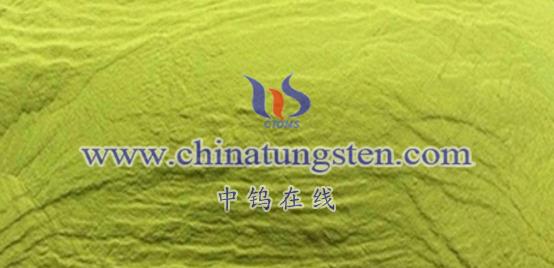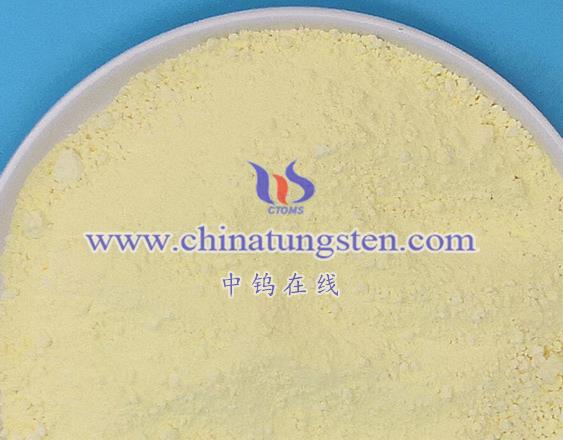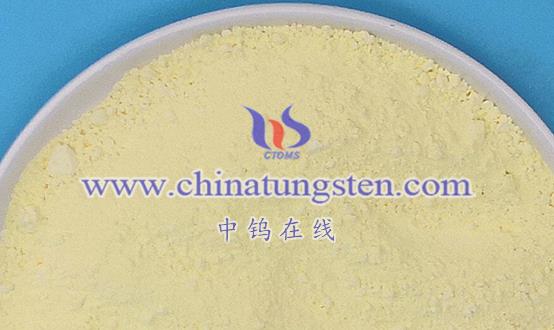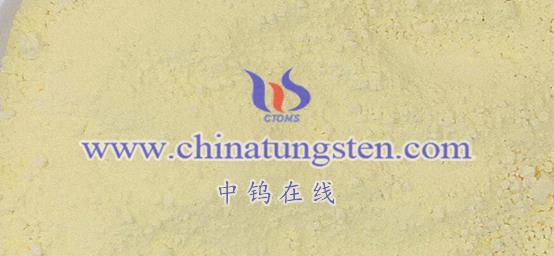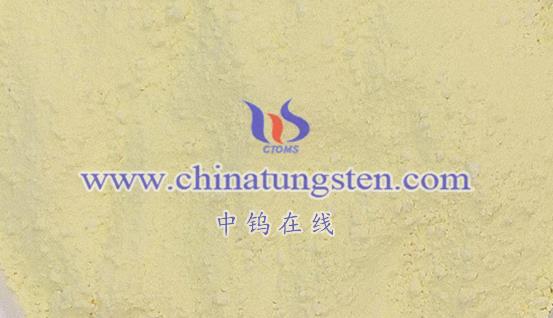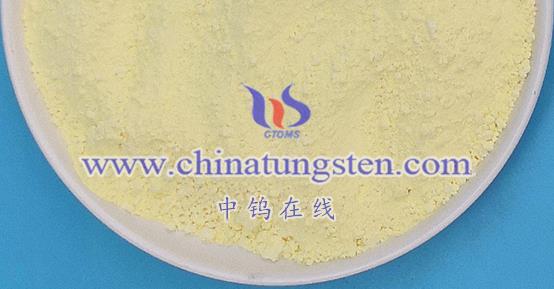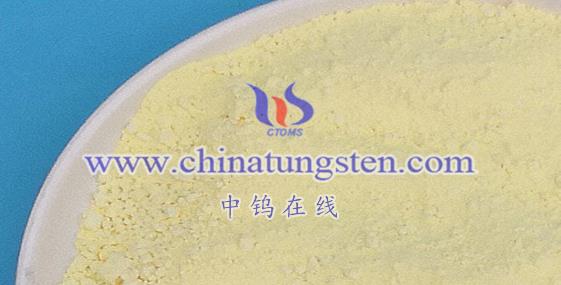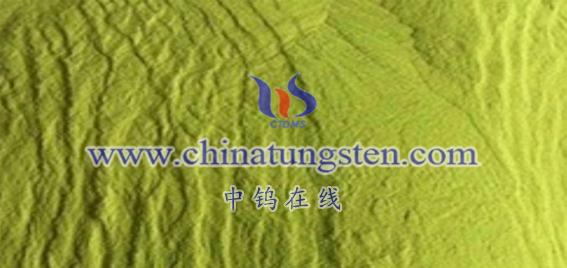
While defect-state tungsten oxide (WO₃₋ₓ) has unique properties and broad application prospects, it also has some disadvantages. Here’s a summary of its main drawbacks:
- Stability Issues
- The oxygen vacancies that give defect-state tungsten oxide its unique properties can also reduce its stability. In environments with high temperature, high humidity, or strong oxidation/reduction, the oxygen vacancies may change, leading to performance degradation.
- Stability issues can affect the long-term performance of defect-state tungsten oxide in applications requiring sustained operation, such as in energy storage devices or sensors.
- Complex Production Process
- Producing defect-state tungsten oxide with a specific concentration and distribution of oxygen vacancies requires precise control over production parameters like temperature, atmosphere, and time. This adds to the complexity and cost of the production process. Additionally, the properties of defect-state tungsten oxide may vary with different preparation methods, necessitating further optimization to achieve stable performance.
- Difficulty in Performance Optimization
- While defect-state tungsten oxide shows excellent performance across various fields, further optimization is often required to meet specific application needs. This might involve adjusting material composition, structure, and morphology, which requires an in-depth understanding of the relationship between its structure and properties.
- Environmental Sensitivity
- The performance of defect-state tungsten oxide may be affected by environmental factors such as temperature, humidity, and light exposure. As a result, the material’s performance can vary under different conditions. Therefore, environmental factors must be considered in applications, and measures should be taken to mitigate the material’s sensitivity to its surroundings.
- Cost Issues
- Although defect-state tungsten oxide has the potential to replace traditional materials in some areas, its production costs can be relatively high. This is mainly due to the complexity of the production process and specific raw material requirements. However, as production technology advances and scales up, the production costs of defect-state tungsten oxide are expected to decrease gradually.
These drawbacks are not absolute but rather reflect current challenges based on existing research and applications. With advancements in science and technology, and further expansion of its application fields, the performance and stability of defect-state tungsten oxide will likely improve. Continued research is needed to explore effective methods to address these disadvantages.
More details of tungsten oxide product, please visit website: tungsten-oxide.com
Please contact CHINATUNGSTEN for inquiry and order of tungsten oxide:
Email: sales@chinatungsten.com
Tel.: 86 592 5129595
